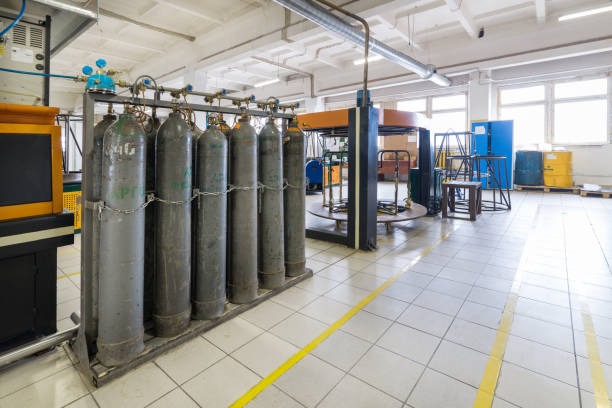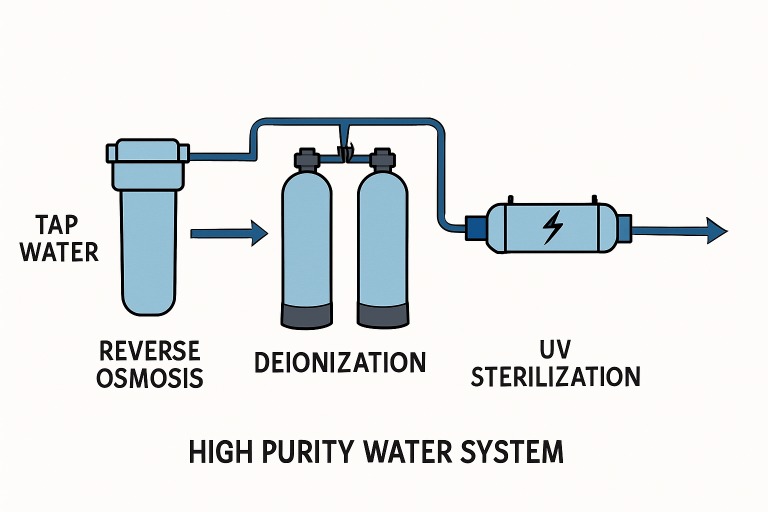Why Helium Gas is Essential in Industrial Operations
Understanding Helium’s Unique Properties
Helium is a colourless, odourless, tasteless, non-toxic, inert, monatomic gas that heads the noble gas series in the periodic table. Its boiling and melting points are the lowest among the elements and it exists only in a gaseous state except in extreme conditions. Helium is the second lightest and second most abundant element in the observable universe, being present at about 24% of the total elemental mass, which is more than 12 times the mass of all the heavier elements combined. Its abundance is similar to this in both the Sun and in Jupiter. This is due to the very high nuclear binding energy (per nucleon) of helium-4 with respect to the next three elements after helium. This helium-4 binding energy also accounts for why it is a product of both nuclear fusion and radioactive decay. Most helium in the universe is helium-4, the vast majority of which was formed during the Big Bang. Large amounts of new helium are being created by nuclear fusion of hydrogen in stars.
Industrial Applications of Helium Gas
Helium’s unique properties, such as its low boiling point, low density, low solubility, high thermal conductivity, and inertness make it invaluable in a range of industrial operations. With such characteristics, helium is ideal for applications including cryogenics, pressurising and purging systems, and as a protective atmosphere.
Roles in High-Tech Industries
The high-tech industry leverages helium’s inertness and thermal properties. In operations where precision is paramount, such as in the manufacture of semiconductors and fibre optics, helium is used to create controlled atmospheres. Its use extends to serving as a cooling medium for nuclear reactors and as a laser gas in various applications, including metal cutting and medical procedures, where the gas plays a pivotal role in the laser’s function.
Helium in Scientific Research
In scientific research, helium allows scientists to reach near absolute zero temperatures, making it possible to study quantum mechanics and superconductivity in materials. This contributes significantly to advancements in materials science and fundamental physics.
Helium Usage in Healthcare
Within healthcare, helium is utilised in magnetic resonance imaging (MRI) systems. Its cooling property is essential to maintain the superconductivity of the MRI system’s magnets, thus allowing for clear and detailed imaging that is crucial for accurate diagnoses.
Helium in Aerospace and Defence
Helium plays a role in pressurising fuel tanks in rockets, and is used for purging hydrogen systems due to its inert attributes. The aerospace and defence industries rely heavily on helium for maintaining equipment and ensuring the reliability of space missions.
Helium as a helium tank Source
Portable helium tanks provide a convenient source of gas for various uses. From inflating balloons to testing leaks in critical systems, these tanks are a testament to the versatility and importance of helium in everyday operations.
Helium’s Role in Diving and Ballooning
Helium gas finds purpose in the world of diving, where it is mixed with oxygen to create a breathing gas that prevents nitrogen narcosis under high pressure in deep-sea conditions. Similarly, in scientific and recreational ballooning, helium is preferred over hydrogen for lifting due to its non-reactive nature.
Challenges in Helium Procurement
Despite its abundance in the universe, helium is relatively rare on Earth. It is typically recovered from natural gas reserves and its finite availability presents challenges in procurement and cost.
Conservation and Recovery Efforts
With supply limitations, helium recovery and recycling have become critical components of industries that rely heavily on this gas. Efforts to conserve helium emphasise the importance of responsible usage and the development of recovery technologies.
Synergy with Other Industrial Gases
Helium is often used in conjunction with other industrial gases, such as argon for welding. The combination of helium and argon creates an ideal shielding mixture that improves weld quality and productivity in the metal fabrication industry.
Future Prospects of Helium Utilisation
As industries evolve, the demand for helium continues to grow. Innovation in helium utilisation and management is crucial for sustainability, with ongoing research to discover more efficient and environmentally friendly methods of extraction and application.
Conclusion
Helium gas is more than just a component of party balloons; it is an essential element in various high-tech industries, scientific research, healthcare, aerospace, and more. Its unique properties and myriad applications underscore its irreplaceability in modern industrial operations. With thoughtful management and innovative recovery techniques, helium will continue to support advancements across diverse fields for years to come.







